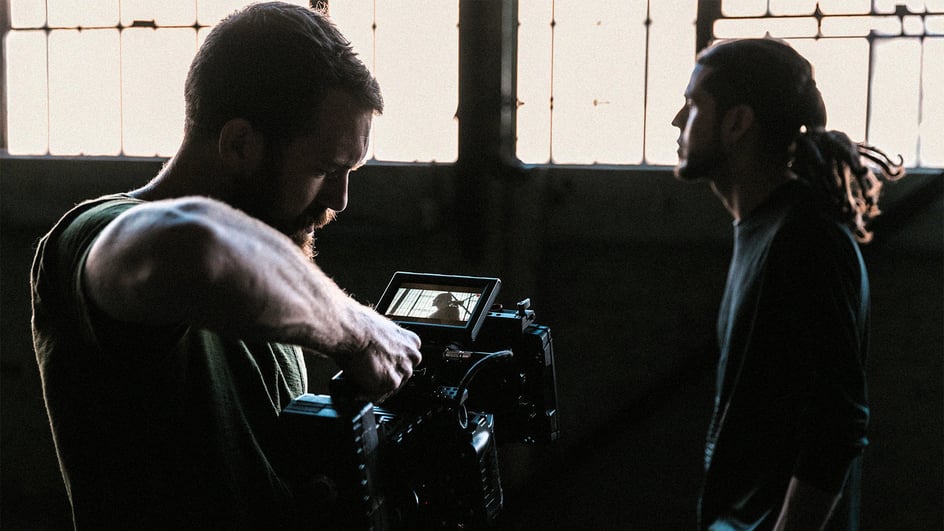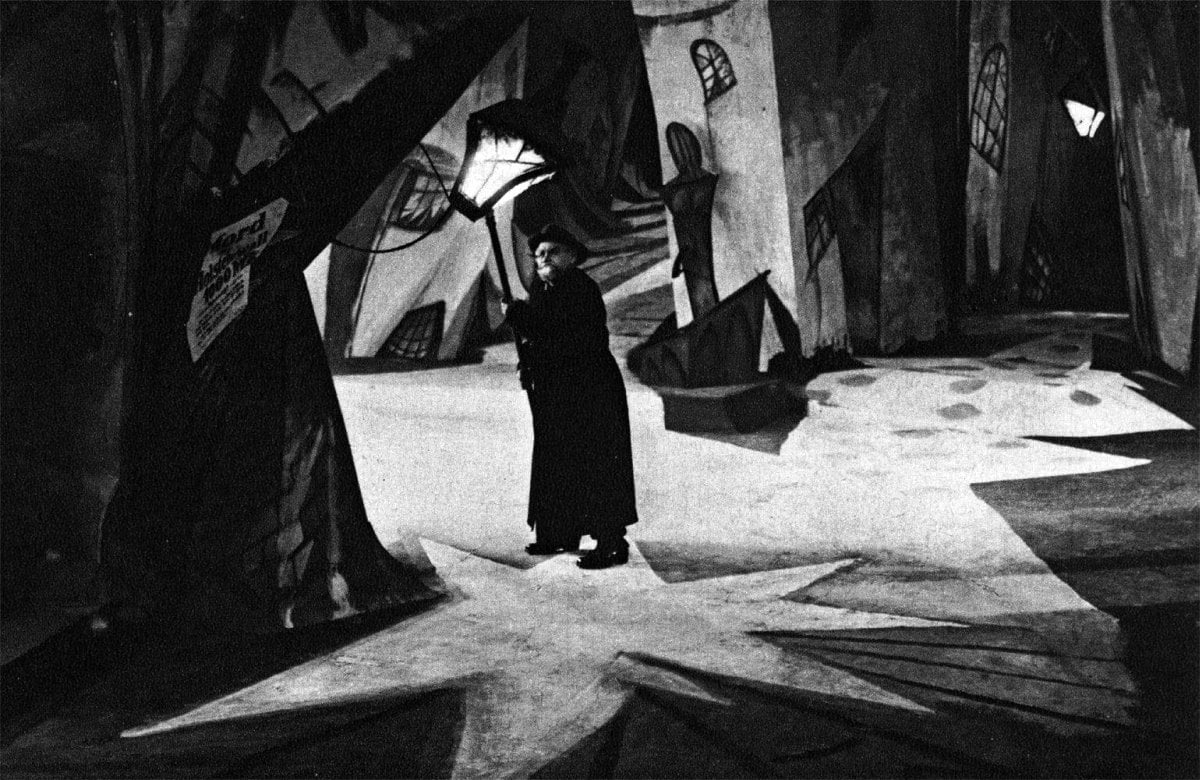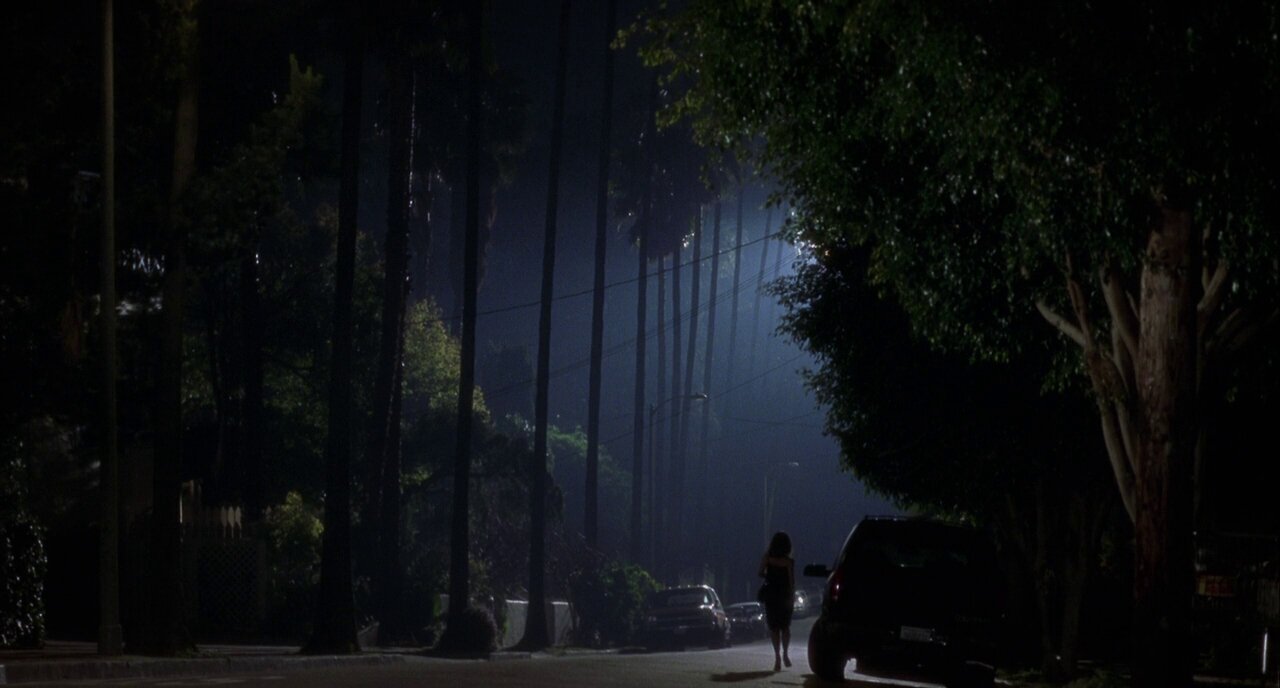
Jul 6, 2022
Building tension is the mark of a great filmmaker. Sure, knowing how to frame a crisp shot or write a clever script are important skills to have. But the real art lives in the subtlety of how our favorite filmmakers set a tone or create emotions without having to rely on gimmicks.
We’ve covered a lot of different ways to level up your filmmaking, from using different shot types to implementing sound design. But there is something about lighting that creates an immediate impact on your footage and how it makes a viewer feel.
Thankfully, you don’t have to be a master auteur to try a new lighting technique and tell deeper, richer stories (or get a better understanding of how your favorite films do that).
One of the oldest examples to look at is chiaroscuro lighting, which predates the film industry by a couple centuries.
A classic high contrast lighting technique
Before we get into the technical stuff, let’s take a moment and cover the absolute basics.
From the Encyclopedia Britannica, chiaroscuro lighting (from Italian chiaro, “light,” and scuro, “dark”), is a “technique employed in the visual arts to represent light and shadow as they define three-dimensional objects.”
The process dates as far back as Leonardo da Vinci’s paintings in the 15th century, with some experts pointing to even older examples all the way back in Ancient Greece. These artists often shrouded the background spaces in their paintings for dramatic effect, guiding the viewer's eye while also hinting at the unseen elements that could be at play.
But for our situation, let’s get away from the Renaissance art movement and jump ahead a few centuries to the oldest eras of film.
As you would expect, a lighting technique that explores the contrast of light and darkness on an object or character has a big impact on a black and white film.
Chiaroscuro lighting relies upon visual contrast. It’s an artistic choice that uses light and dark elements against each to achieve a goal. That could be done by creating dramatic tones or angles that push the narrative. German Expressionism leaned pretty heavily on this style, along with classic film noir — which makes sense, given that both genres are known for how those filmmakers incorporated shadows.
Imagine a lighting setup with only key light. You would have a subject or foreground that stands out pretty sharply against an otherwise unlit background. And if you had a subject walk through a scene lit like that, the shift from shadow to light would naturally set a specific tone.
Right now this is all still a little theoretical, so let’s look at some examples pulled straight from classic films. We’ll also include a modern example or two, because while the chiaroscuro lighting technique might seem old-fashioned, it continues to influence filmmakers to this day, whether you work on Hollywood blockbusters or want to level up your lighting for corporate video projects.
Examples of chiaroscuro lighting in film
We said that chiaroscuro lighting has been a thing in film since the silent film era, so we may as well start this tour back in the earliest days of cinema. And really, how much older can we get than The Cabinet of Dr. Caligari?
The Cabinet of Dr. Caligari (1920)
It’s a mainstay in film history classes for a reason: The Cabinet of Dr. Caligari is a gem from the era of German Expressionism, combining high contrast lighting with weird angles and generally anything that could make a viewer feel unbalanced or uncomfortable.

The set design of this film is almost the perfect illustration of chiaroscuro lighting at work. The mix of painted backdrops and stage lighting create a really pronounced separation between light and shadow, illuminating the characters.
Almost every shot of the film uses moody and dramatic lighting, or features at least one area with deep shadows. So if you want to see how chiaroscuro lighting really can have an impact on a scene or a viewer’s perception of a character, The Cabinet of Dr. Caligari is a great place to start.
The Third Man (1949)
Now we’re moving from Germany to one Austria — or, more specifically, to the setting of maybe the best example of film noir ever made. The Third Man continued to rely on expressionist ideas, bringing the most noticeable features into British/“Western” cinema.
![The Third Man courtesy of Studiocanal 06[3]](https://www.soundstripe.com/hs-fs/hubfs/Blog%20Images/2022/July/The%20Third%20Man%20courtesy%20of%20Studiocanal%2006%5B3%5D.jpg?width=1600&name=The%20Third%20Man%20courtesy%20of%20Studiocanal%2006%5B3%5D.jpg)
The lighting in The Third Man helped shape our modern definition of noir cinema. Chiaroscuro lighting helped set up the film’s femme fatale, pointed to the uncertainty and worry of the protagonist, and built up the drama within the visual pieces of the scene.
Sure, the narrative of the film is a driving force that pulled audiences into the mystery. But it’s hard to ignore the role that the lighting — and specifically the contrast between light and shadow — played in building the psychological tone of the film.
The Exorcist (1973)
Stepping out of noir films and German Expressionism, one genre that really embraced chiaroscuro lighting (and that sort of stylized darkness in general) is horror.
You could chalk part of that up to the fact that so many horror films work with smaller budgets, which means taking advantage of natural lighting or unusual fixtures to create a distinct or unsettling mood. And the sharp contrast between light and shadow is a pretty easy way to do that.
.png?width=1601&name=Merrin%20(1).png)
William Friedkin’s classic, The Exorcist, fully embraced a low-key lighting approach. And in some ways you could argue that the film’s success hinges on how it uses the chiaroscuro lighting technique.
Mulholland Drive (2001)
While films like Schindler’s List, Sin City, and Blade Runner 2049 stand out as options, it feels unfair to choose a noir film or cyberpunk film since dramatic lighting is in the DNA of those films. So for our modern entry, we are going to focus on the cult classic Mulholland Drive.
David Lynch is very much a prototypical auteur. You can’t watch a Lynch film or read a Lynch script and not instinctively know who it comes from. The blend of surrealism and cynicism — combined with an obvious passion for diving deep into genre films — has continued to remain a unique perspective, even in an era where jaded storytellers have become the norm.
In the case of Mulholland Drive, we can really appreciate Lynch’s masterful use of tiny details and scene composition with how he handles lighting. Or, to be more appropriate for this discussion, how Lynch handles the contrast of light and shadow.

Mulholland Drive explores concepts like memory and time, which were certainly popular back in the 2000s. But Lynch isn’t just trying to show how humans try to contextual the past — he also explores how our memories can deceive us, willingly breaking a major filmmaking rule.
The combination of David Lynch’s style and the “memory film” genre require a careful, nuanced approach to which details are highlighted and how information is relayed to the audience. Lynch’s use of the chiaroscuro lighting technique gives him that control while also crafting a very specific mood or tone in the same way that our other examples did.
(For what it’s worth, David Lynch began his career as a painter. So it should come as no surprise that his use of lighting and visualization call back to a classical technique like chiaroscuro lighting.)
Chiaroscuro lighting tips for filmmakers
Now that we’ve covered some examples of chiaroscuro lighting (that span 80 years of film history), the next big question is how you can master this lighting technique and use it yourself. But if you didn’t go to an art school for painting, or don’t have access to expensive lighting equipment, where do you begin?
Well, you’re in luck. You don’t need a film studio or $10,000 in gear to do it. Chiaroscuro lighting is, by definition, a visual contrast. And while expensive equipment can help you create a specific look, you can certainly capture the technique the same way the classic examples did — with some combination of a clear vision and creative set design.
You can (or maybe even “should”) start with still photos or a set in your workspace. This will give you the freedom to experiment without having to worry about impatient subjects/talent, opinionated clients, or any of the other potential pitfalls that can come with a big video project.
Practice makes perfect. And when it comes to implementing a new technique to your creative process, you don’t want it to derail a project while you try to figure it all out.
Further reading
Of course, chiaroscuro lighting is just one of the many different techniques and methods you can use. And the same goes for how you use sound design or movement — any piece of production can (with a little bit of planning) enhance and deepen the viewer’s experience.
Here are a few other Soundstripe blogs about pre-production tips and the art of filmmaking: